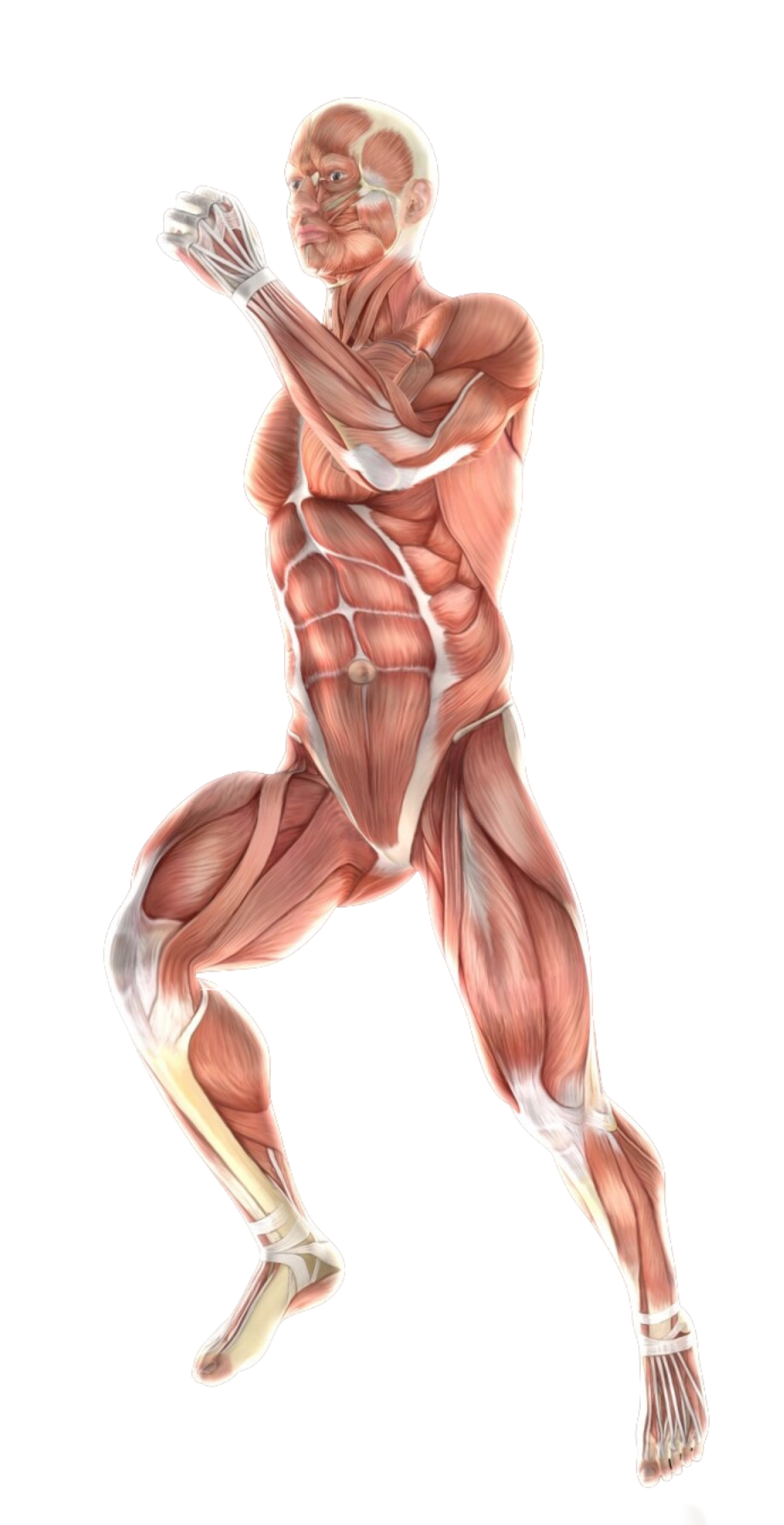- #11-13 Mount Elizabeth Medical Centre (Orchard)
- Mon Fri 9am — 6pm | Sat 9am — 12.30 pm
Golfer’s elbow, also known as medial epicondylitis, is a condition characterized by pain and tenderness on the inside of the elbow. It is caused by overuse and inflammation of the tendon that connects the arm muscles to the bony bump on the inner side of the elbow joint (medial epicondyle).
Although the name suggests a connection to golf, golfer’s elbow can affect anyone who performs repetitive activities that involve gripping the muscles and tendons of the arm and bending the wrist. In golfer’s elbow, repetitive motions that stress these tendons, particularly the pronator teres, cause microtears and inflammation at the tendon attachment point on the medial epicondyle. This inflammation causes pain and tenderness on the inside of the elbow.
The most common symptom of golfer’s elbow is pain near the bony bump (medial epicondyle) on the inside of the elbow. This pain can be:
Physical Examination:
Resistance test: A health care professional can perform specific tests to assess pain with resisted wrist flexion. For example, they may ask you to squeeze their hand when they resist a movement. Pain during these tests may indicate golfer’s elbow.
Imaging tests are not usually necessary to diagnose golfer’s elbow, but in some cases, an X-ray or ultrasound may be helpful to diagnose differentially.
Based on the medical history, physical examination, and the results of any imaging tests, a healthcare professional will be able to diagnose golfer’s elbow with a high degree of accuracy. This will help guide the most appropriate treatment approach.
The good news is that golfer’s elbow usually responds well to conservative treatment. Here’s an overview of common treatment options:
This involves injecting a concentrated solution of the patient’s own platelets into the affected area. PRP contains growth factors that can promote healing. However, research on the effectiveness of PRP for golfer’s elbow is still ongoing.
Surgery for golfer’s elbow is rarely necessary and is generally considered only in severe cases where conservative treatment has failed and the pain significantly affects daily activities. Surgical procedures may include debridement (removal of inflamed tissue) or repair of any significant tears in the tendon.

Spine - Neck
Shoulder & Elbow
Spine — Back
Wrist & Hand
Knee Pain
Ankle Pain
Foot Pain
Book a consultation with us for a more comprehensive diagnosis and a personalised treatment plan best suited to your needs.

Spine - Neck
Shoulder & Elbow
Spine — Back
Wrist & Hand
Knee
Ankle
Foot